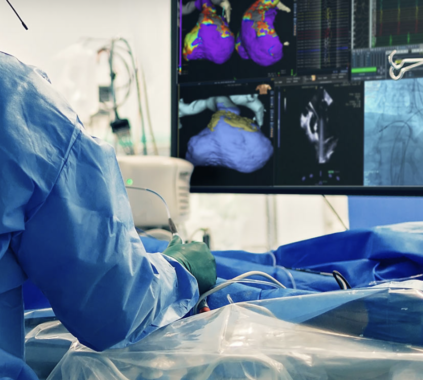In the fight against money laundering, established software-based detection methods work imprecisely and often raise false alarms. Consequently, investigating authorities are frequently overburdened because they must follow up on every suspicion.
In a new research project MaLeFiz (Machine Learning for the Identification of Conspicuous Financial Transactions), researchers are now working on a solution that uses machine learning to improve the search for illegal money flows and make it more precise so that fewer false alarms are generated.
In addition, the project partners are developing minimum requirements and control mechanisms for AI solutions used in the financial industry. Furthermore, the results of the AI are to be made traceable. Project partners are Deloitte GmbH, the Fraunhofer Institute for Secure Information Technology SIT, the Martin Luther University Halle-Wittenberg, the University of Leipzig as well as the Center for Technology and Society at TU Berlin. The MaLeFiz project is funded by the German Federal Ministry of Education and Research and will run for three years. Fraunhofer SIT is leading the project and is responsible for the development of the AI-based tool.
The analysis of financial transactions is an important component in the fight against money laundering. However, current analysis methods identify too many suspicious cases, all of which must be verified individually by specifically trained analysts. The responsible authority, the Financial Intelligence Unit or FIU for short, received around 300,000 reports per year in the past two years alone and currently still has around 290,000 not finally processed alerts. Artificial intelligence methods promise better analysis options, which means fewer false positives. The research team is using machine learning methods to develop the necessary technical solution.
For the results of such analyses to stand up in court, the IT solutions must meet certain requirements. For example, the decisions of an AI must be comprehensible: The AI should not be a “black box” and simply spit out a list of suspicious cases.
The demonstrator, the catalog of minimum requirements, and other project results will be made available to the public after completion of the project in September 2025.













